At 4PM on Saturday July 4, nine public housing towers in Melbourne’s northern suburbs were swiftly and severely locked down. The state of Victoria, already struggling to contain a fresh wave of coronavirus outbreaks, had recorded 108 new cases in the previous 24 hours—and at least 23 of those had been traced back to a dozen households within the high-density commission flats, located in Flemington and North Melbourne.
In response, the state government deployed hundreds of police officers to the housing blocks and placed all nine towers under the strictest coronavirus restrictions Australia has seen.
The so-called “hard lockdown” means that, for at least five days, the towers’ 3,000 residents—most of whom come from multicultural backgrounds and lower socioeconomic classes—are prohibited from leaving their homes for any reason, including food and medical assistance. None of them were given prior warning.
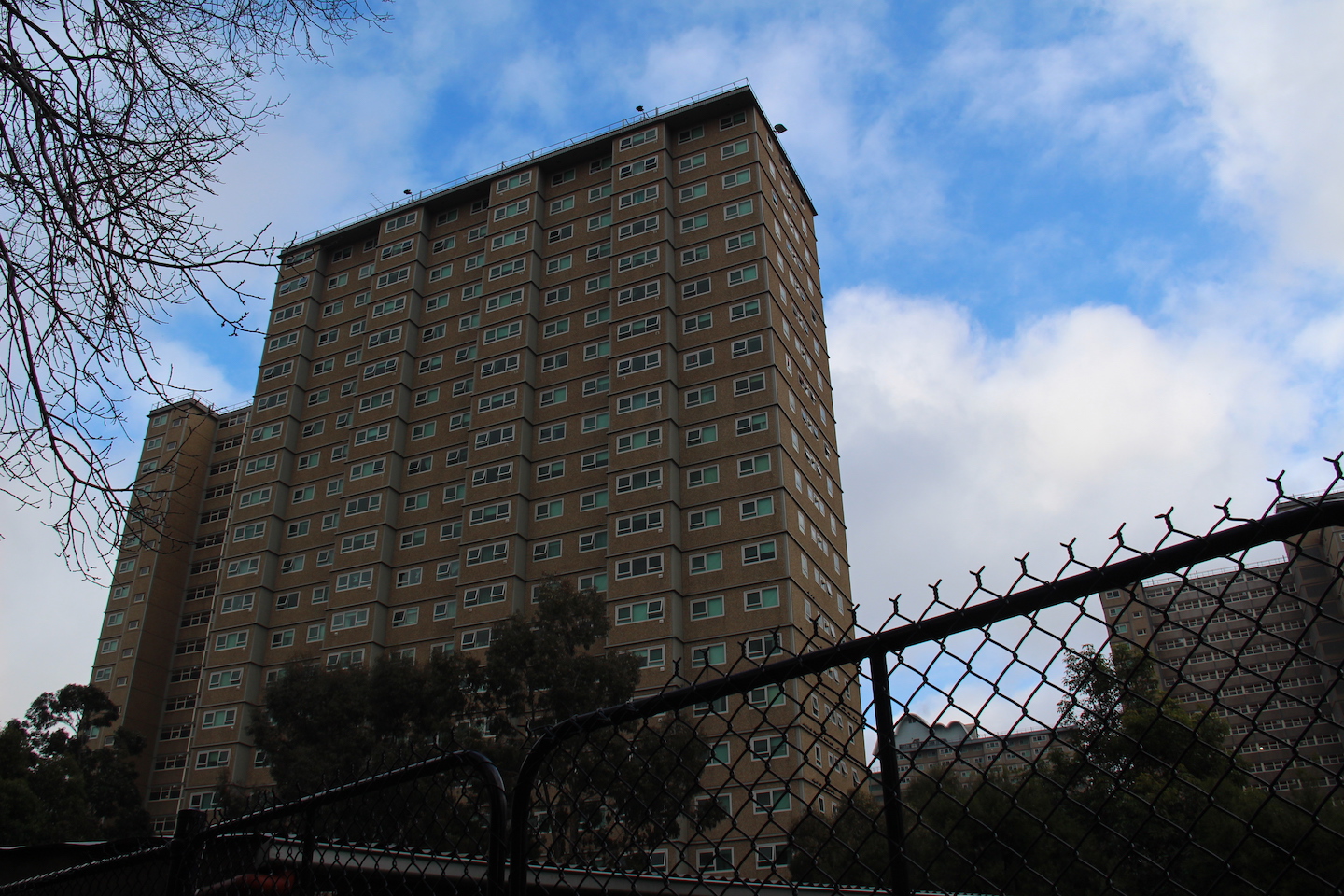
"There will be no one going in. And no one will be allowed out," State Premier Daniel Andrews declared. "The close confines and the shared community spaces within these large apartment blocks mean this virus can spread like wildfire.
"Those nine towers will be locked down for at least five days,” he added, “because that is deemed the appropriate period to test everybody ... and to have those tests processed by the labs. That data will then guide us as to what the next steps should be."
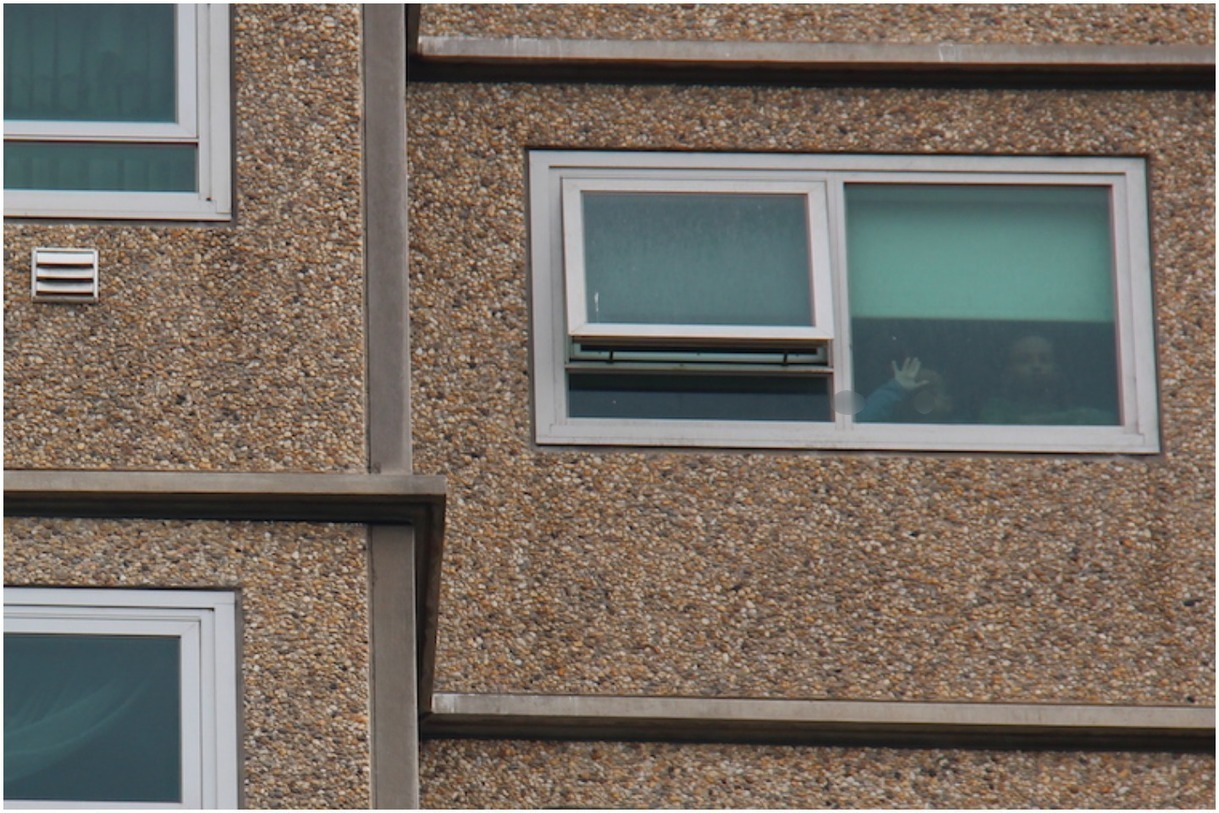
Mass deployments of about 500 police at a time are being stationed throughout the flats, patrolling most floors of the nine towers as health officials attempt to test every single person living there over the course of the five days.
Food and care packages are being delivered to residents, and charity groups from across Melbourne have donated thousands of meals to the housing blocks—even amid allegations that police have confiscated donations and supplies.
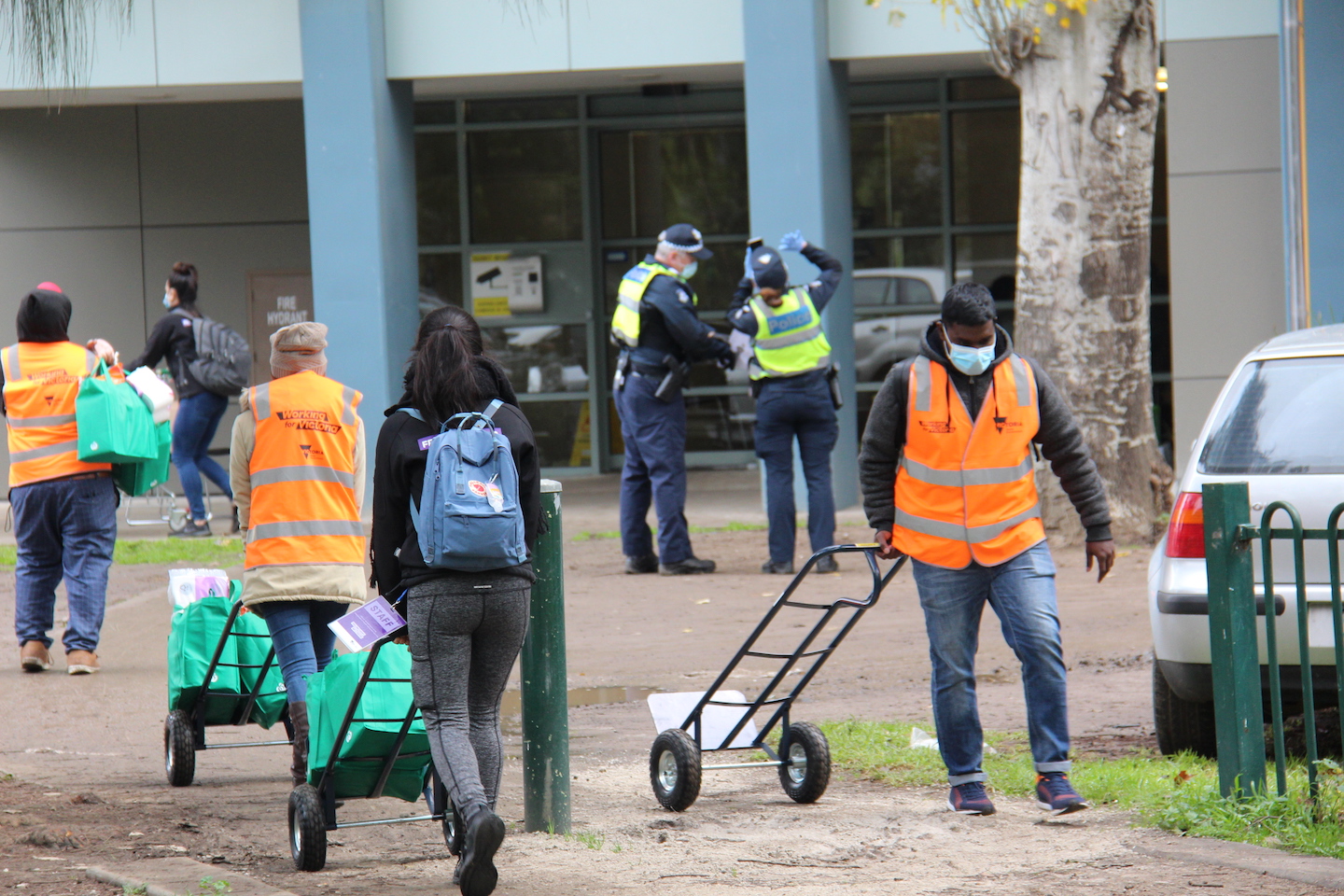
In any case, the grim reality of the lockdown—that thousands of children and adults are being trapped against their will inside small, crowded housing units for five full days, without any freedom of mobility or clear access to mental health services—has provoked serious concern among members of the broader community.
Critics have compared the locked down estates to detention centres, and words like “prison” and “penitentiary” have become recurrent themes in the public discourse—not least of all from the residents themselves, who have taken to scrawling dire messages on sheets of paper and taping them inside the windows of their flats.
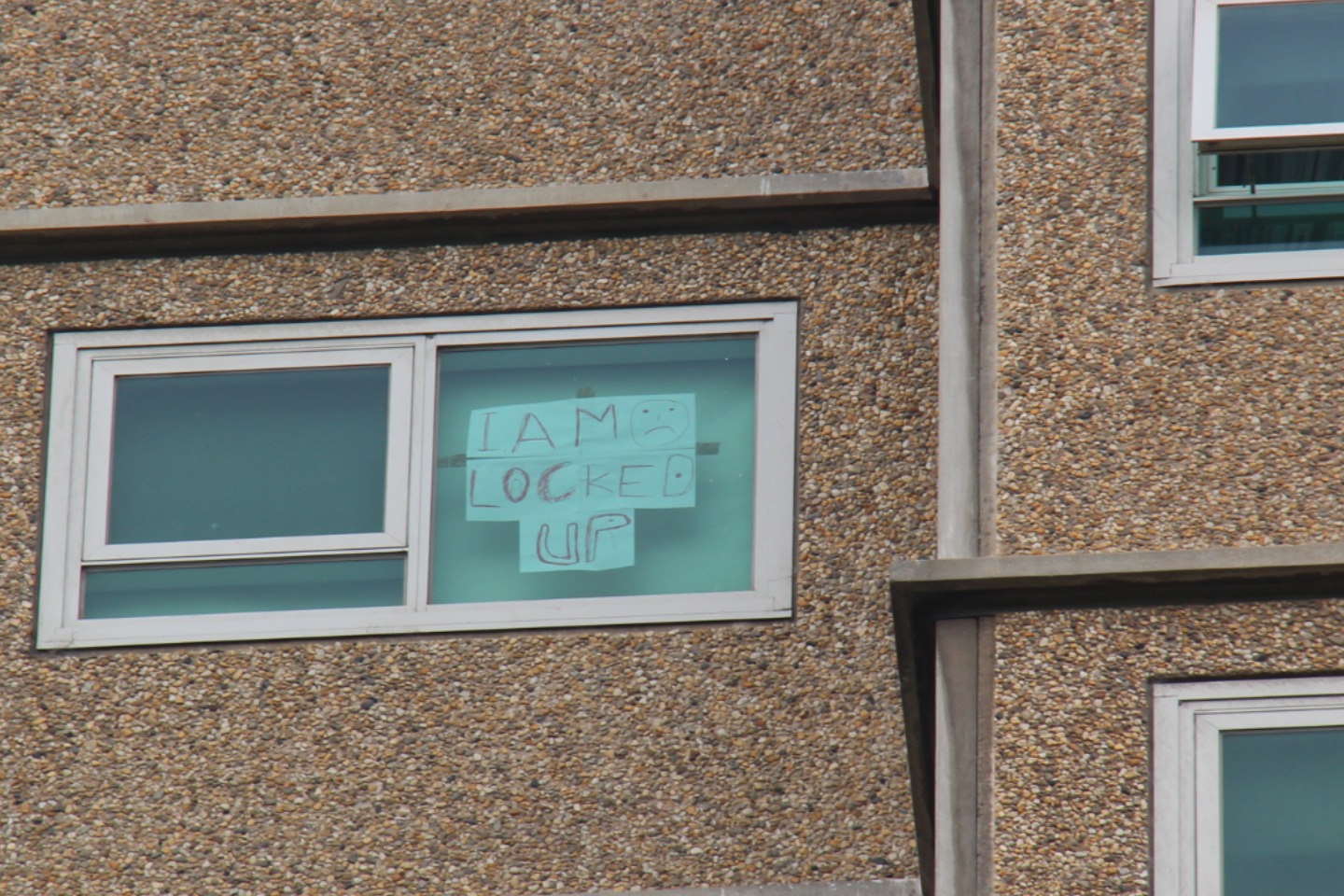
Others have pointed out that the government’s iron-fisted response to the public housing cluster is inconsistent with how certain other COVID outbreaks in Melbourne have been treated over the past few weeks. Notably, outbreaks in more affluent areas were not subject to the same “heavy lockdown” conditions as the tower blocks, and were often given more than 24 hours’ notice for similar numbers of coronavirus cases.
In a piece for The Conversation, researchers from RMIT and the University of Melbourne note that the tower lockdowns unfairly target already vulnerable public housing residents.
“What is unfolding in Melbourne this week is the product of a punitive public housing system whose residents have been neglected for decades,” they wrote. “The status of ‘vulnerable’ that governments so blithely apply to public housing tenants does not come from nowhere.
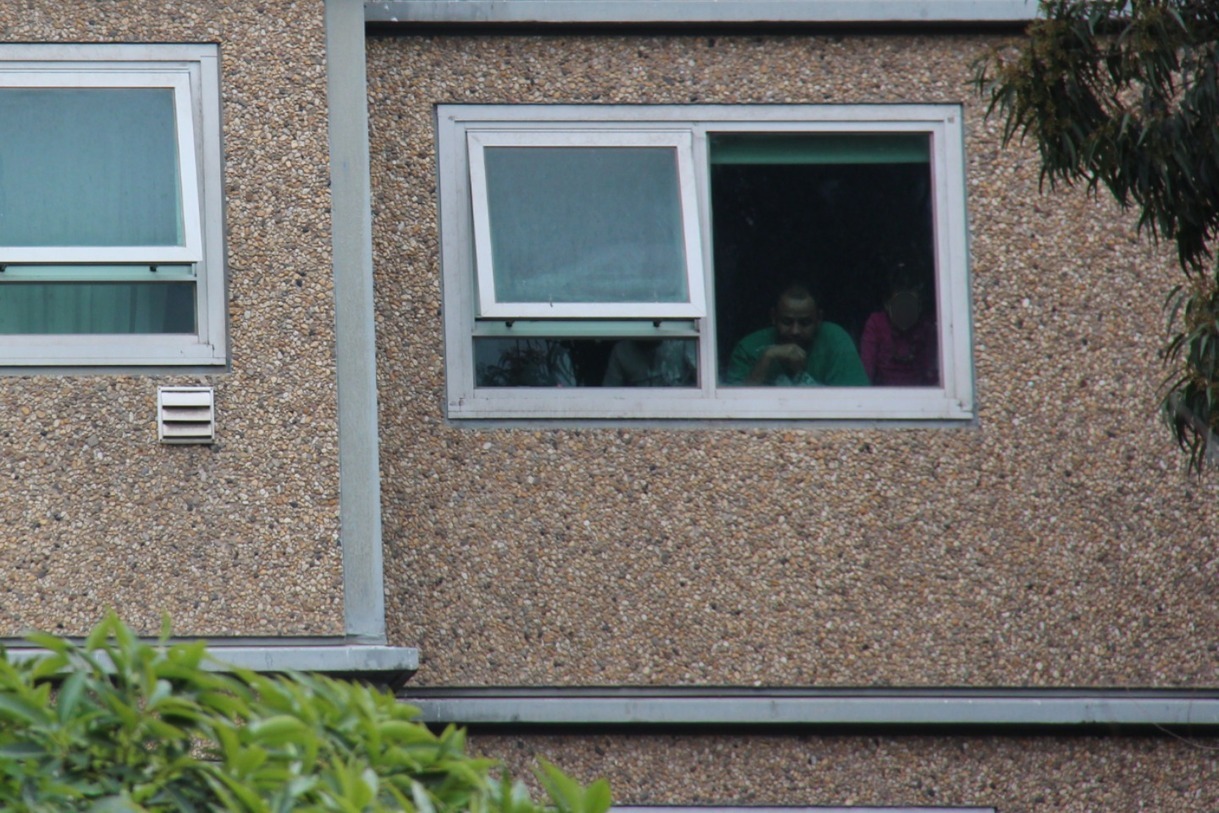
“Vulnerability is not an objective condition, but the result of a system geared toward inequality and enabled by policy choices. Public housing in Victoria is the product of decades of neglect, disinvestment and stigmatisation by governments and media.”
VICE visited the locked down commission flats on Racecourse Road, Flemington, to see how the situation there was unfolding—despite police efforts to divert us. These photos give some indication of what a lockdown of this scale looks like from the ground.
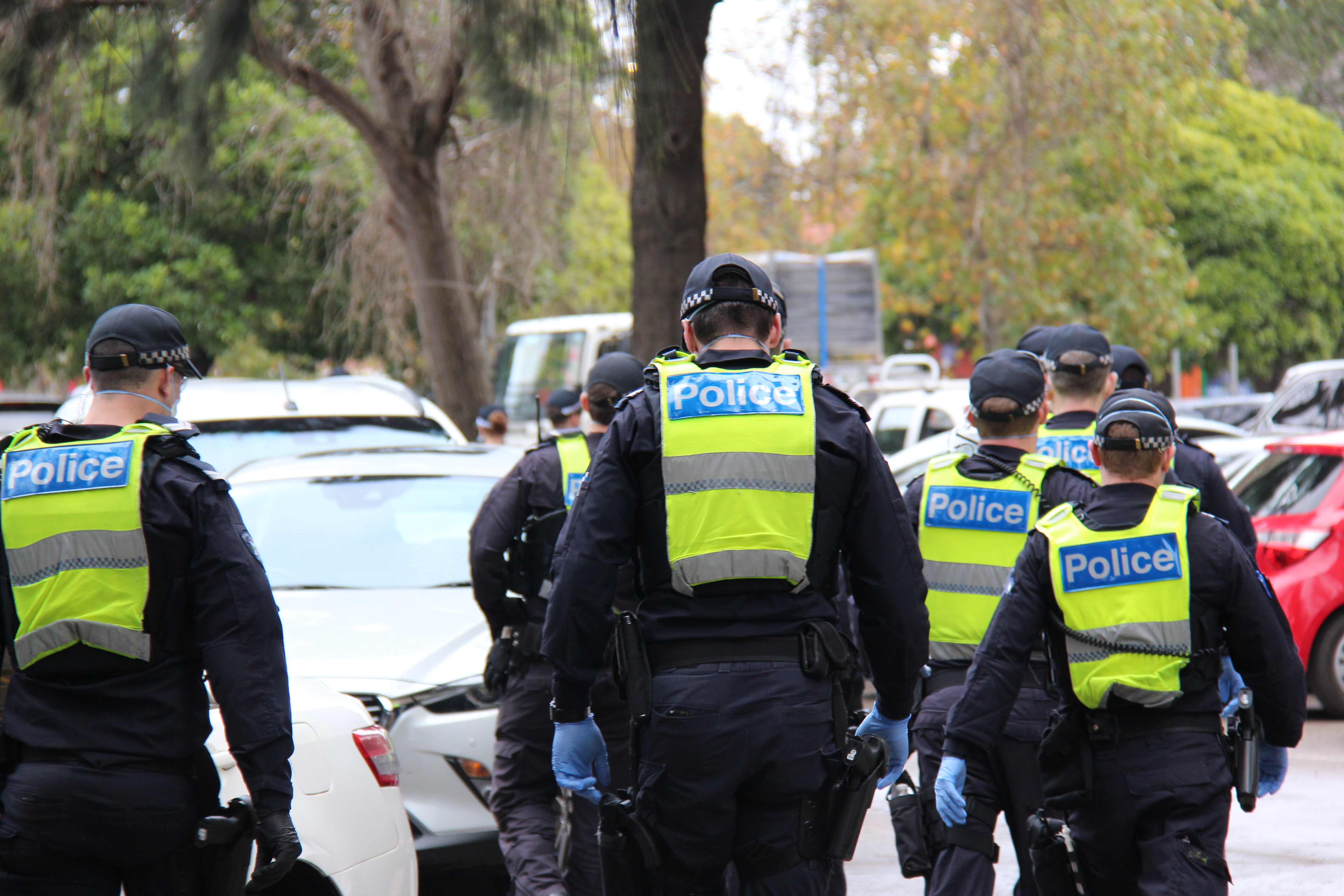
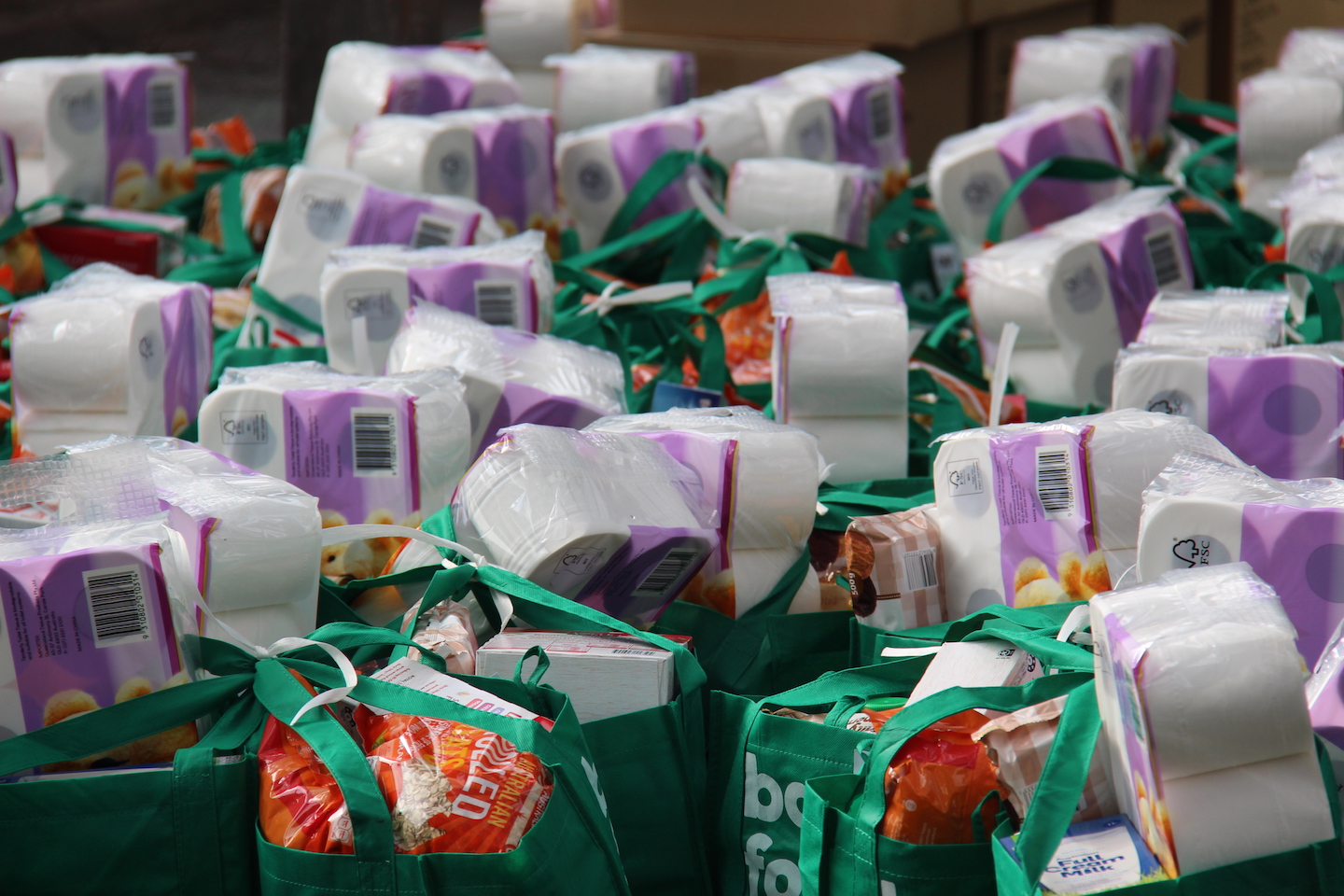
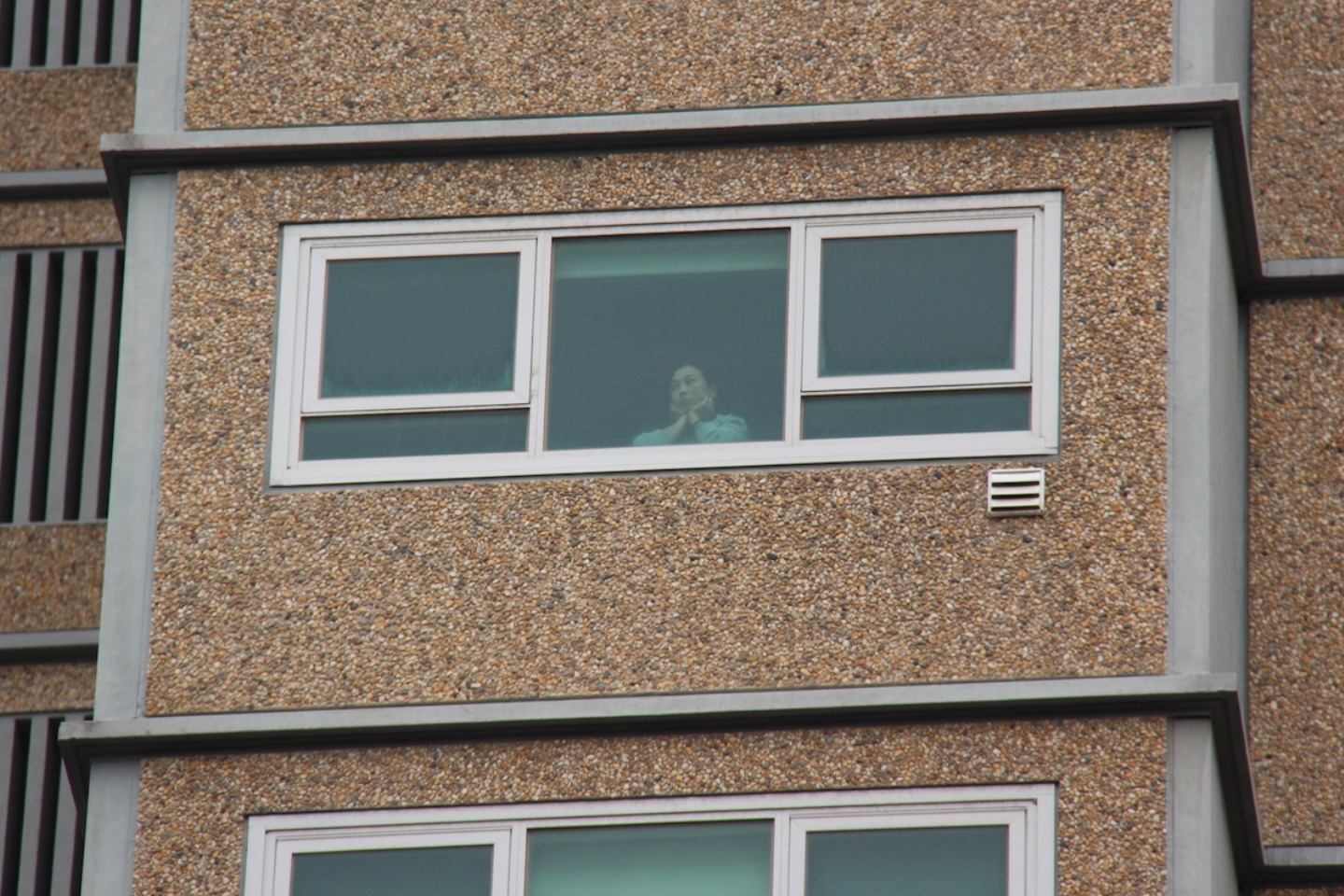
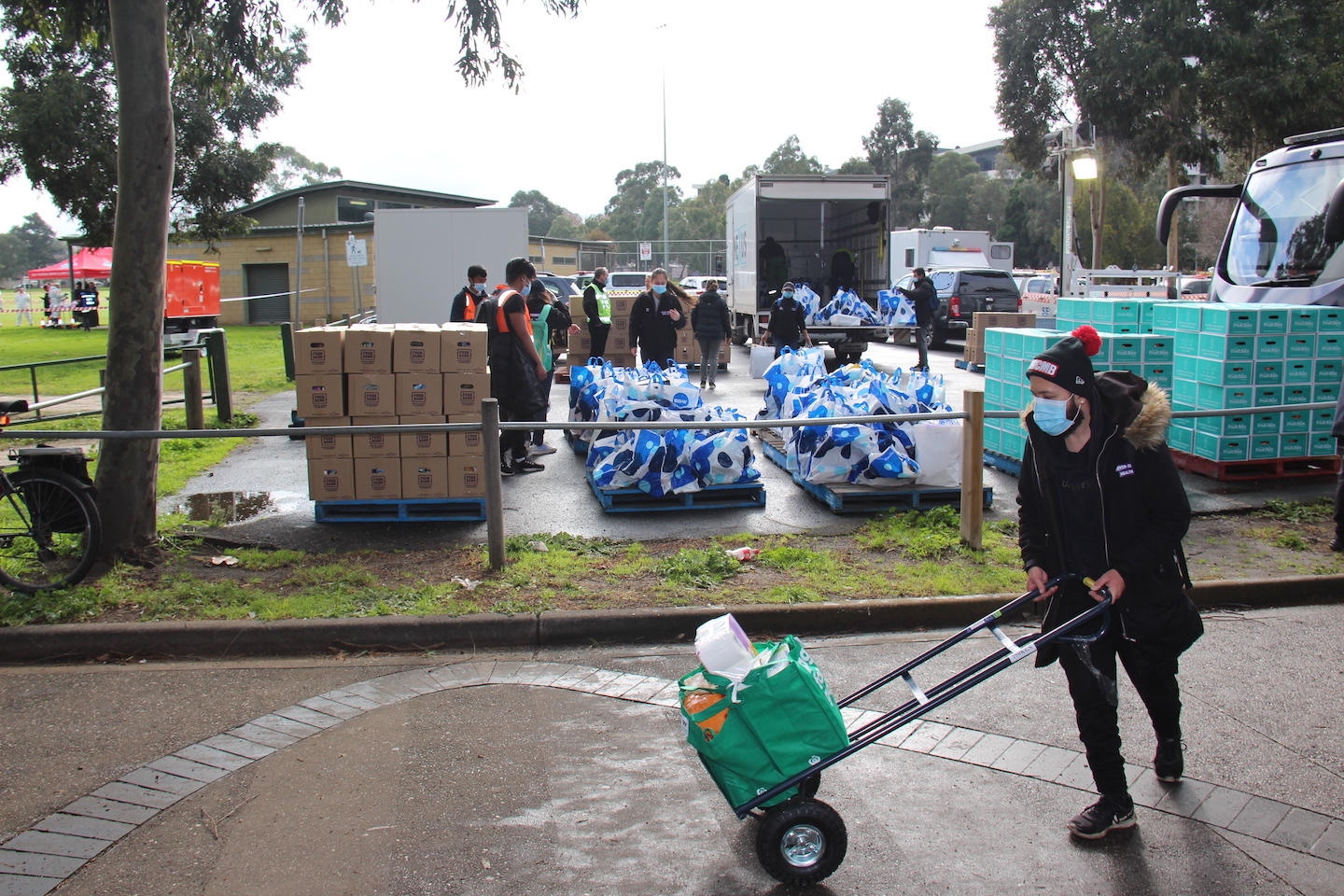
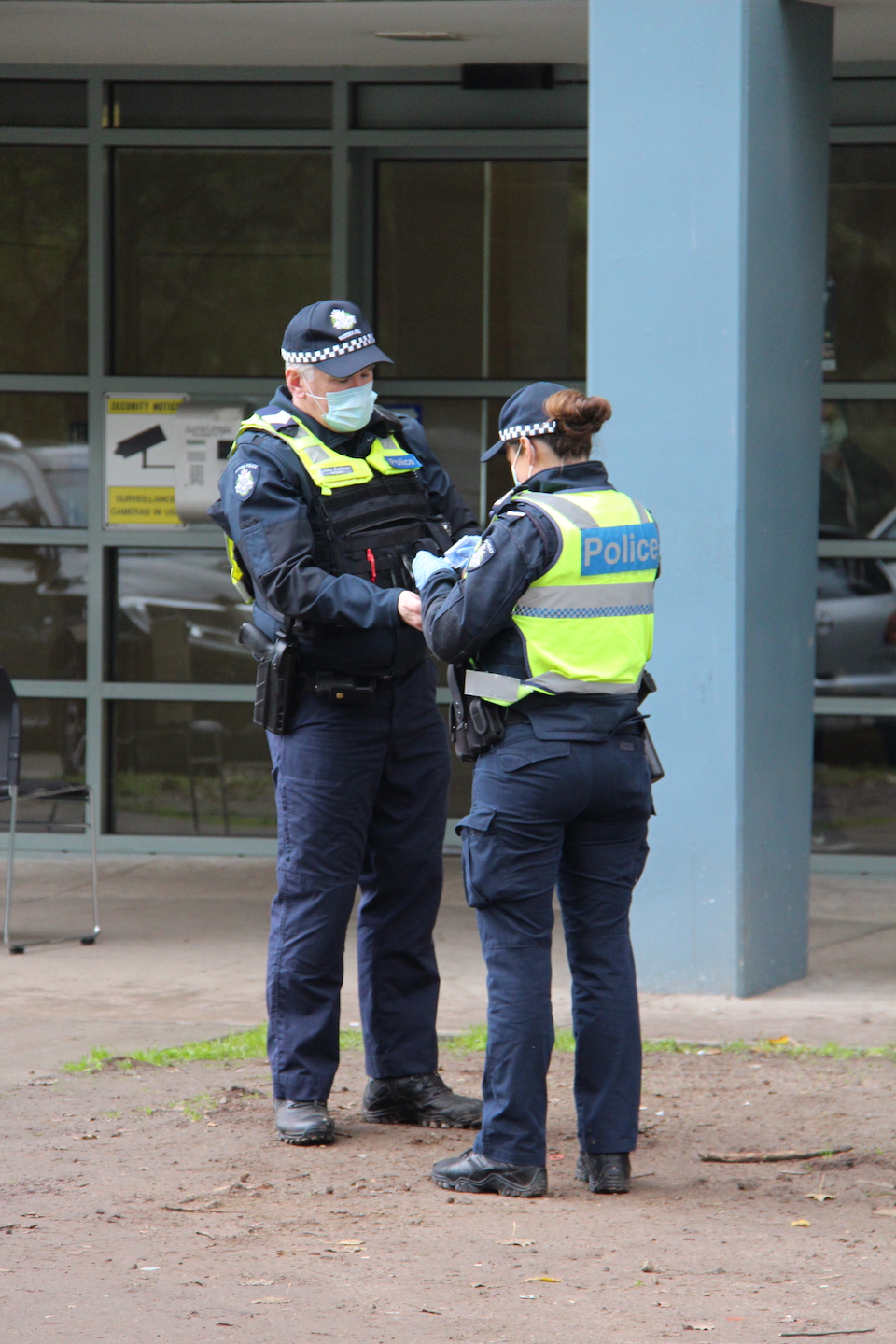
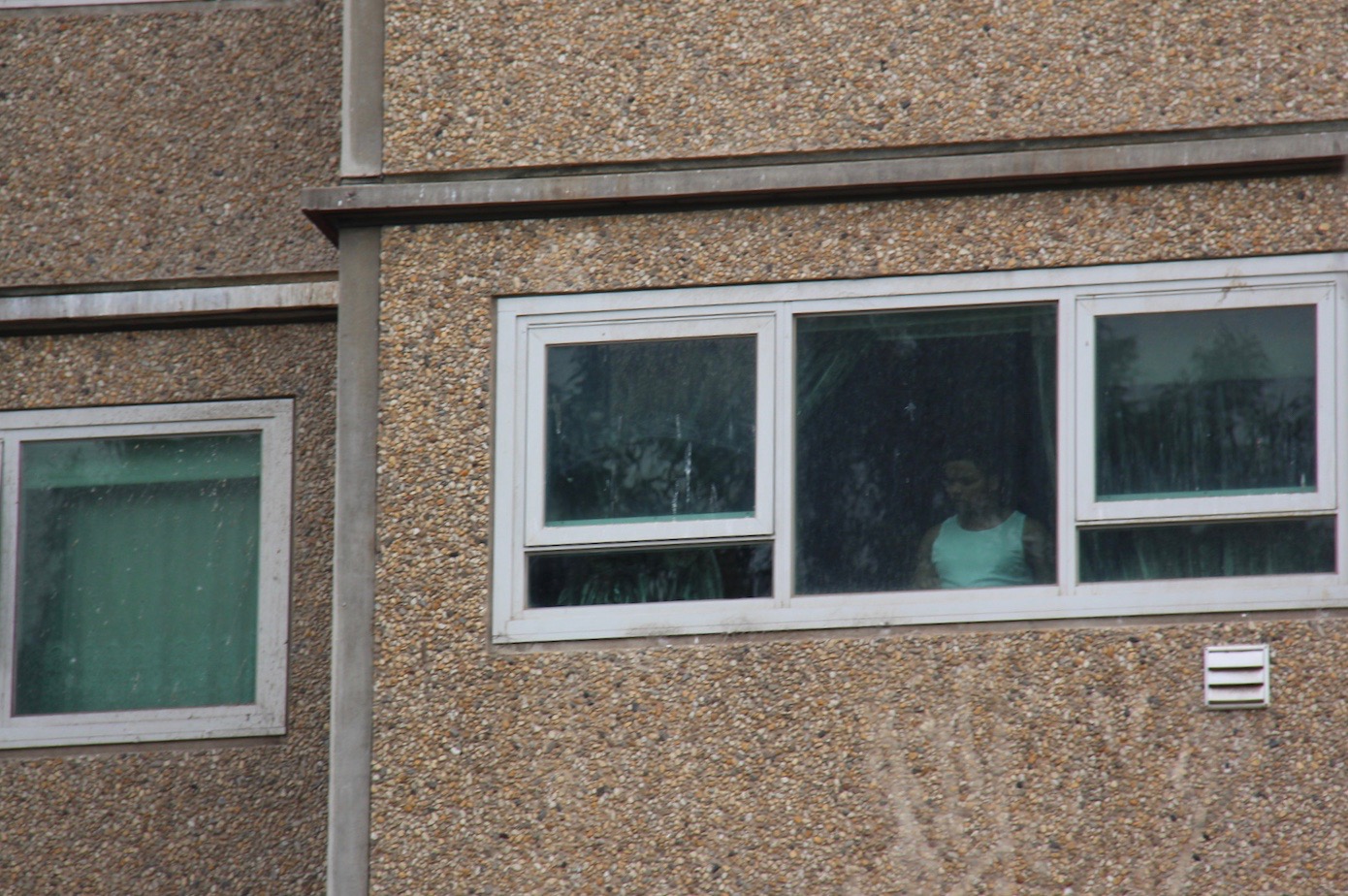
Follow Gavin on Twitter or Instagram
from VICE https://ift.tt/3eaZTfd
via cheap web hosting
No comments:
Post a Comment